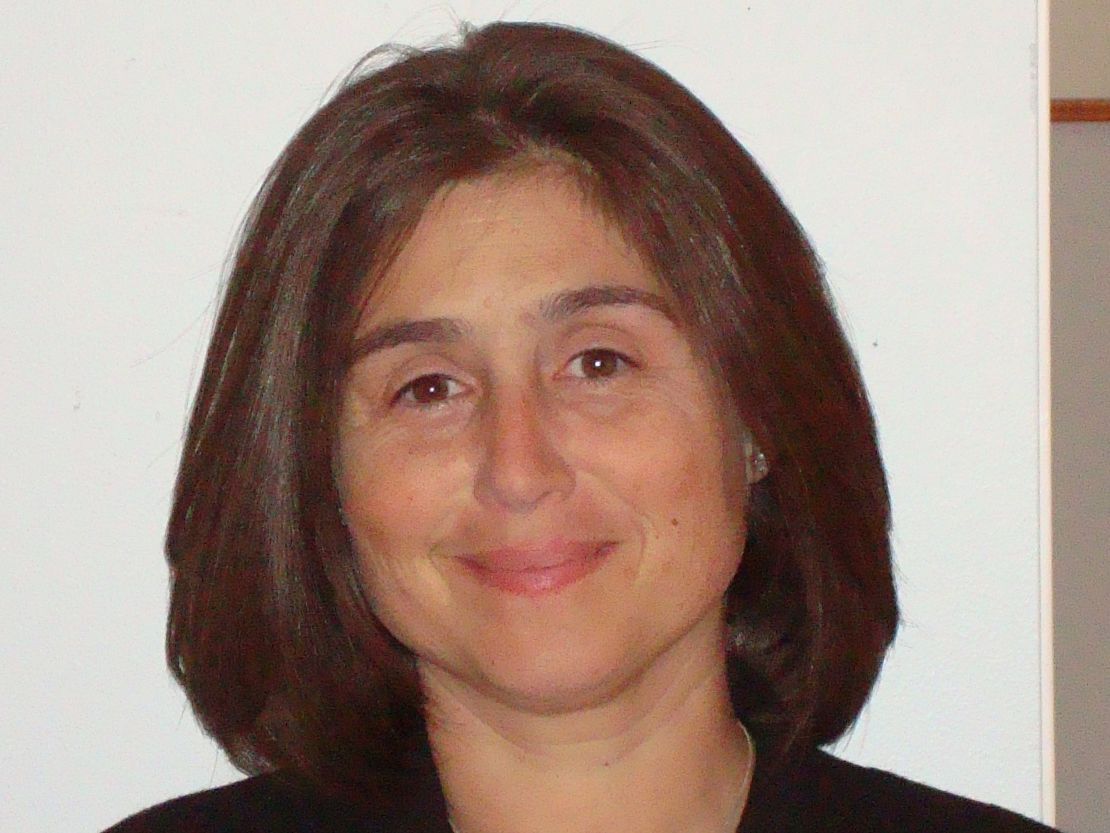Editor’s Note: Joanne Samuel Goldblum is the executive director of the National Diaper Bank Network. She is also the founder of the Diaper Bank and a former clinical faculty member at Yale Child Study Center Family Support Service.
Story highlights
Joanne Goldblum: Poor moms re-use diapers because they can't afford new ones
Food stamps don't pay for disposables, she says, cloth diapers impossible option
Goldblum set up a diaper bank, but it hardly meets the enormous demand
She says a federal program must solve this small, but real, problem
We mothers spend a lot of time saying, “I love you.” We don’t always use words: it can be wrapping that squeaky-clean baby in a fluffy towel or warming up cider for the kid who comes in wet and cold after playing in the snow.
Childhood is full of times when mom made us feel cared for and comfortable. But imagine the difficulty for a mother who doesn’t have the resources to keep her infant warm and dry.
Although I spent much of my career working with chronically homeless families, it took a long time to realize just how deep their deprivation was. Finally a woman named Angie set me straight when she dumped out the solids and put a used diaper back on her baby. I explained how unhealthy this was. Angie told me she couldn’t afford diapers. I urged her to buy more diapers with her food stamps. Angie told me she couldn’t do that.
She was right: Food stamps can’t be used to buy diapers. Mothers cannot get diapers from a major federal source of support for poor families, the Women Infants and Children Program, either. There was nowhere for Angie to turn. The impracticality of cloth diapers became obvious: She didn’t have a washer, and her local laundry wouldn’t allow her to wash diapers in their machines.

So Angie’s baby was stuck in wet, dirty diapers. Angie was stuck, too. She needed job training and employment if her family was ever going to climb out of poverty. In order to get either of those, she needed child care. Most child-care providers, however, require parents to supply disposable diapers. Angie couldn’t buy diapers unless she got a job, and she couldn’t get a job unless she had diapers.
I spent a lot of time railing about the unfairness of it all until my husband suggested that we could “just do it.” We roped in some friends to help us buy diapers at the local warehouse club and deliver them to agencies that served low-income families. The demand was enormous. The organization soon moved from our dining room to a warehouse and now distributes clean diapers to 2,500 children a month.
That means the world to my own community, but all across the country there are Angies who need help. Last year, I started the National Diaper Bank Network, to help diaper banks start and thrive nationwide. I’m enormously proud of the people I work with, who do so much good.
But it is not enough. It will take 6.57 billion diapers to keep every American baby living in poverty clean and dry this year. That’s based on 3 million children under age 3 living in poverty in the United States, and a conservative six changes a day.
Diaper banks tend to be small, often all-volunteer organizations. The scale of the response does not match the enormity of the need.
If we are to attack the problem, the first step is to acknowledge it. In my experience, when people learn about diaper need, they want to help. I can think of no better time than Mother’s Day to talk about it. There are many ways this could be dealt with from a policy perspective – through the Women Infants and Children program, the SNAP program, Child Care Subsidies, Temporary Assistance for Needy Families – the list goes on.
We wrestle with all sorts of policy questions about the achievement gap, intergenerational poverty and the like. They are serious questions that deserve long and deep discussion. But let’s add this small – but serious – issue to the conversation.
Follow us on Twitter @CNNOpinion.
Join us on Facebook/CNNOpinion.
The opinions expressed in this commentary are solely those of Joanne Goldlblum.



